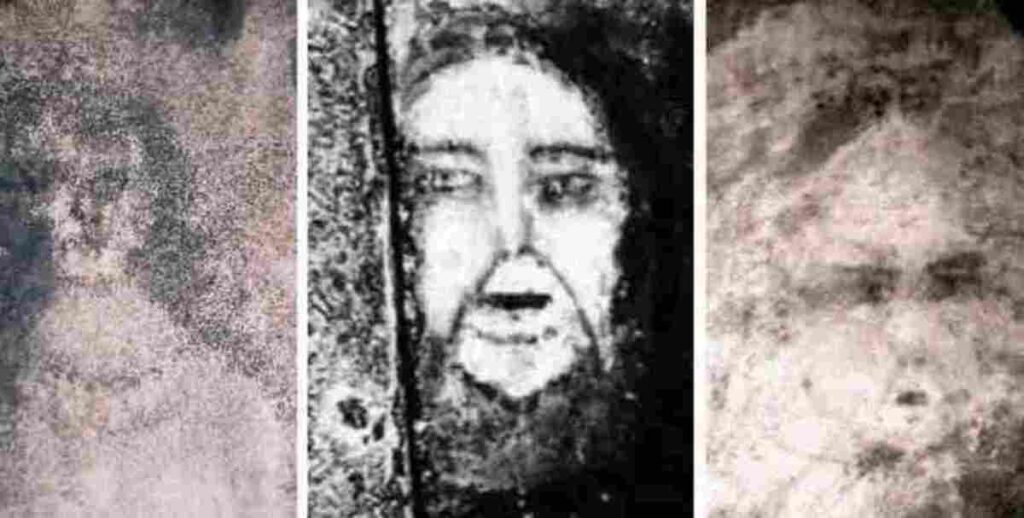Let me take you through the life of María Gómez Cámara. The year is 1971, it’s a dreary day in August, and Maria is on her hands and knees scrubbing her kitchen floor. She had been scrubbing for some time, but the stained concrete floor didn’t change, well it did, but not the way she wanted.
The stain first appeared a few days prior, but slowly grew in size. The stain changed shape as the days went on, and eventually, to her and her families horror, started to form what looked like a woman’s face. After her failed attempts at scrubbing the face away, her husband and son picked up a pickaxe and proceeded to dig up the floor below. A new floor was eventually thrown, with the thought that the horrors were over. The only problem was, the horror wasn’t tied to the floor, they were tied to the home. And only a few days later, the ghostly face was back.

Word had spread around the town, and attracted hordes of people, all wanting to see the house of faces. Locals requested the demolishment of the house, saying it was cursed, and needed to be destroyed. This was denied by the mayor and instead of demolishing the house, he requested that the floor be dug up, and sent to be studied.
Further excavations were done, and bones were discovered beneath the floor. Now, this is where the story becomes a bit all over the place. Sources vary on the actual events, but this is what is believed to be true. The bones that were discovered seemed to be a part of multiple skeletons, some headless, and dated to the 13th century. According to historical documents, the house was built over a cemetery, but the cause of death remains a mystery. The bones were removed and were given proper burials.
After the ordeal, the floor was replaced, and once again the faces returned. Maria’s home became known as La Casa de las Caras (The House of the Faces). By easter 1972 the home was attracting hundreds of tourists, and the various floors that were dug up were displayed for all to see. To this day you can travel to Belmez in Spain, and see the faces. It even has a 5-star rating on trip advisor.
Claims
Now let’s just go through all of the claims, as well as the hoax aspect which a lot seem to call out. Sceptics at the time believed that the faces were purely created for monetary gain. In an era where haunted houses were becoming tourist hot spots, a desperate enough family could create the illusion of paranormal to gain financially. The sceptics said they believed the faces were made up of a mixture of vinegar and soot. In 1993 the results of the tests done on the faces came to light and it appeared that the substance that made up the stain contained Lead, zinc and chromium. At the time lead and chromium were popular ingredients in paints. This was later debunked on a 2014 investigative journalism TV show called Cuarto Milenio which means the fourth Millennium. Samples were extracted from the faces and analyzed. They concluded that the images weren’t made with paint, and according to scientific knowledge and techniques employed in the analysis, there is no external manipulation or elements in the faces. He also tried to reproduce the faces using similar techniques and a variety of other methods including concrete solvents but finally admitted defeat.
The exact truth behind the faces is still unknown to this day. According to psychics, the faces are a product of Thoughtography, which is the ability to burn images from one’s mind onto surfaces. According to others, this is just a simple case of pareidolia. Pareidolia is the tendency for someone to see familiar objects in unusual images. Pareidolia is most common with people seeing faces but is also the phenomenon where people can hear messages or voices when songs are played backwards. The pareidolia theory is a fair one to assume, but the one face does look a bit too perfect to be pareidolia.